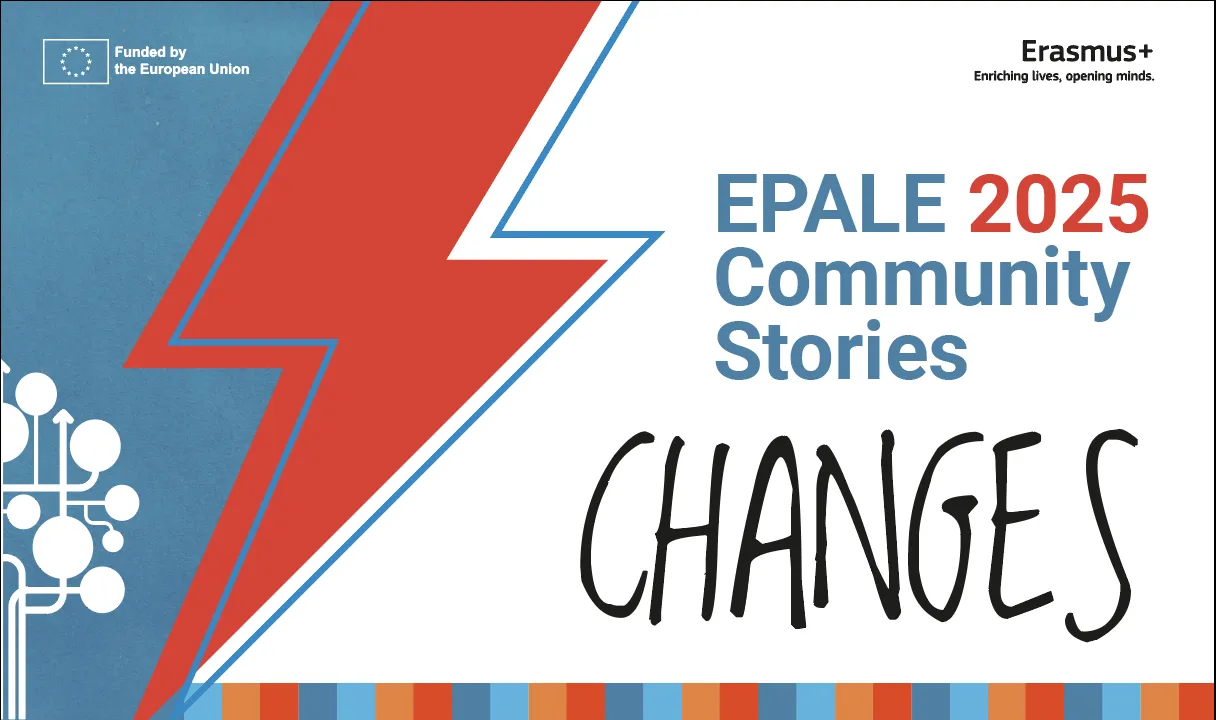New EU Strategy on Financial Literacy Launched in September 2025
EU invests in the future of its citizens' financial literacy. The latest proof is its newly adopted strategy.





























